Understanding the types of driving licences in Spain is one of the first steps to integrate into everyday life in this country, especially if driving was already part of your routine in your home country.
Those of us who have had to leave our Venezuela We know how much it hurts to get away from the smells, the tastes, and the human warmth that you can't find anywhere else.
However, we also know how important it is to adapt, move on and build a new life. In this guide, we explain everything you need to know, in the hope that it will help you feel a little more at home.
What are driving licences in Spain?
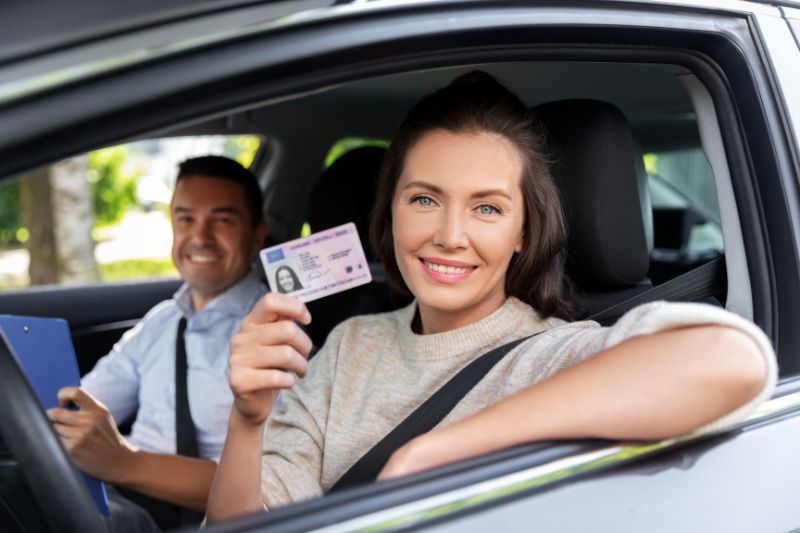
The driving licences in Spain are official licences that authorise a person to drive a specific type of vehicle. vehicle. The system is designed to ensure road safety and to adapt to the variety of vehicles circulating in the country.
Each licence corresponds to a type of vehicle, mopeds, motorbikes, cars, trucks or buses. In addition, there are special permits for agricultural machinery, construction sites or transport of dangerous goods.
Understanding the types of driving licences in Spain is not only mandatory to move around legally, but also helps you to better plan your life in the country. Depending on your need (work, family or recreational transport), you will have to apply for the permit adequate.
What types of driving licences are there in Spain?
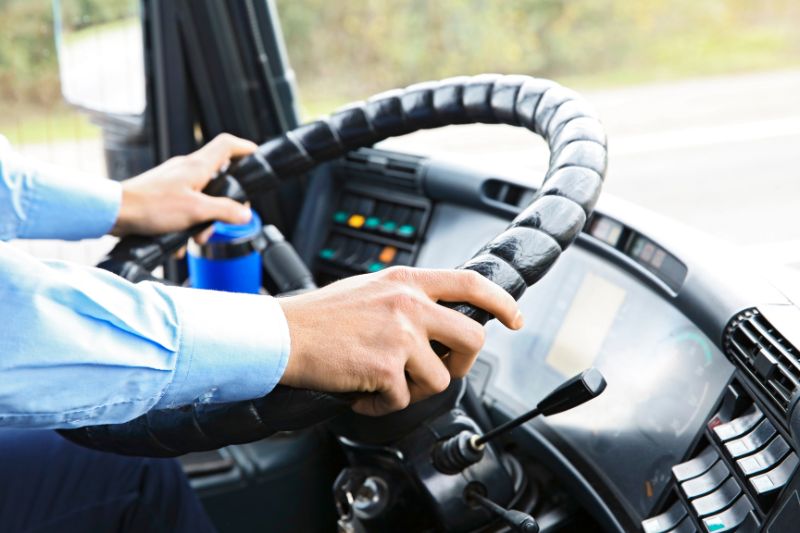
Spain has a variety of driving licences which vary according to the type of vehicle and its use. This classification makes it possible to better regulate traffic and ensure road safety. Here we explain the main ones:
AM Licence: Mopeds
This is the most basic permit. It allows riding mopeds of up to 50 cc from the 15 years. It is ideal for short journeys in urban areas and is often young people's first contact with driving.
A1, A2 and A licences: Motorcycles
For lovers of motorbikes, Spain offers three levels of progressive permits:
- A1From the age of 16, it allows you to ride motorbikes up to 125 cc.
- A2From the age of 18, it allows you to drive motorbikes up to 35 kW.
- AFrom 20 years of age, without power limit, but with previous experience of 2 years with the vehicle. A2.
These licences are progressive and require theoretical and practical tests, as well as specific training courses for the A.
Licence B: Cars
It is the most common. It allows to drive cars up to 3,500 kg and a maximum of 9 placesincluding that of the driver. It can be obtained from the age of 18. It also allows you to carry small trailers and some special vehicles.
Many Venezuelans that we arrived at Spain we need this permission to work or simply to take our children to school.
Licences C and C1 (lorries)
For driving vehicles from transport of goods large:
- C1: Trucks between 3,500 and 7,500 kg.
- C: More than 7,500 kg.
The minimum age for driving these vehicles is 18 or 21 yearsas the case may be. In addition to being required to work in logistics or professional transport. Requires additional training and, if used professionally, the CAP (Certificate of Professional Competence).
Licences D and D1 (buses)
For transport of people:
- D1: Minibuses up to 16 seats.
- D: Buses unlimited places.
The minimum age is generally 24 years old and are in high demand for public or school transport. They also require the CAP for professional use.
Permit E
It is a complementary licence that allows driving heavy trailers with vehicles authorised by the licences. B, C or D. It is essential for certain transport and logistics activities.
Special permits
This category includes permits for agricultural machinery, construction vehicles, school transportr o dangerous goods. Each has its own particular regulations and, in many cases, additional training.
These types of driving licences in Spain ensure that every driver is prepared for his or her vehicle and activity, improving road safety.
In addition, it is a good way in many cases to looking for a jobIn many cases, you will even see in the job search applications, job offers asking for some kind of specific driving licence requirement
Can I drive in Spain with a foreign licence?
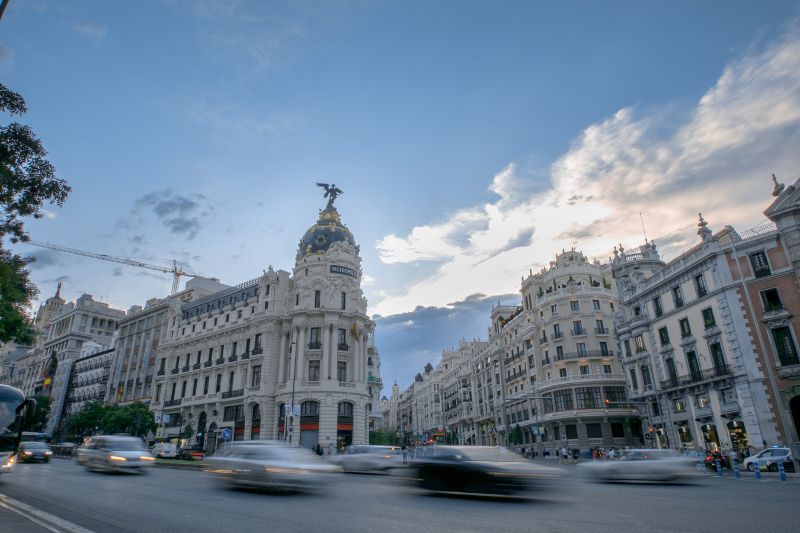
One of the most frequently asked questions among those who have just arrived to live in Spain is whether they can continue to use the driving licence of their country of origin.
The answer is not a one-size-fits-all answer, as it depends both on the country you come from and your legal status in the country of origin. Spain.
How long can I drive with my foreign licence?
Generally speaking, you can drive with your foreign permit during the first six months after you obtain legal residence in the country. Spain.
It is very important to bear in mind that this period does not start when you arrive as a tourist, but from the moment you start your stay. official residence in the country (when you have your NIEyou are registered, etc.).
After half a year, if you wish to continue driving legally at Spainyou will have to make a exchange your card or, failing that, begin the process of obtaining one. Spanish from scratch.
The possibility to exchange depends on whether or not your home country has a agreement recognition of driving licences with Spain.
Driving in Spain with a foreign licence
A question frequently asked by people moving to the country is, can I use my foreign driver's licence in the country? Spain?
The answer depends on your LEGAL STATUS and of the country of origin of the licence.
As a general rule, if you are legally resident in Spain (NIE, empadronamiento), you will be able to drive with your foreign permit during the first six months. The time limit starts when you take up residence, not when you arrive as a tourist.
After that time, you need to make the exchange or get your Spanish permit from scratch.
It is very important to plan this well in order to avoid fines or the obligation to repeat unnecessary examinations.
Exchange of driving licences in Spain
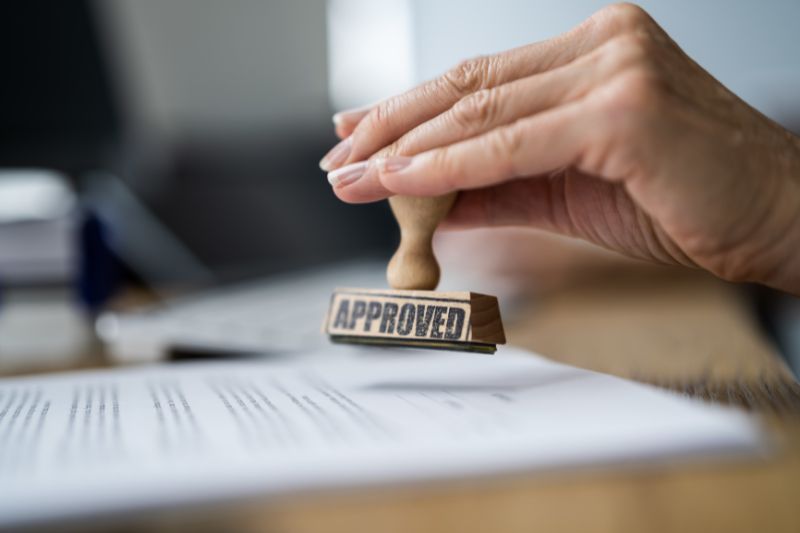
Spain has agreements with many countries to facilitate the exchange of driving licences. If you come from a country with an agreement:
You can exchange your foreign driving licence for an unmade Spanish one theoretical examinations ni practical. It is a procedure before the Directorate-General for Traffic.
Usual requirements for the exchange:
- Original valid ID card (issued prior to your residence in Spain).
- Apply for the exchange within the first 6 months of legal residence.
- Submit documentation:
- Original driving licence.
- Medical report (psycho-technical).
- Passport photo.
- NIE and empadronamiento.
- Appointment at the DGT.
Countries with an exchange agreement (examples):
- Venezuela, Argentina, Colombia, Ecuador, Peru, Bolivia, Dominican Republic.
The swap makes life a lot easier for thousands of people who foreigners that reach the country. It is essential to not to miss the six-month deadlineIf you do so, you will lose the right to the exchange and you will have to get the card from scratch.
What if your country does not have an agreement?
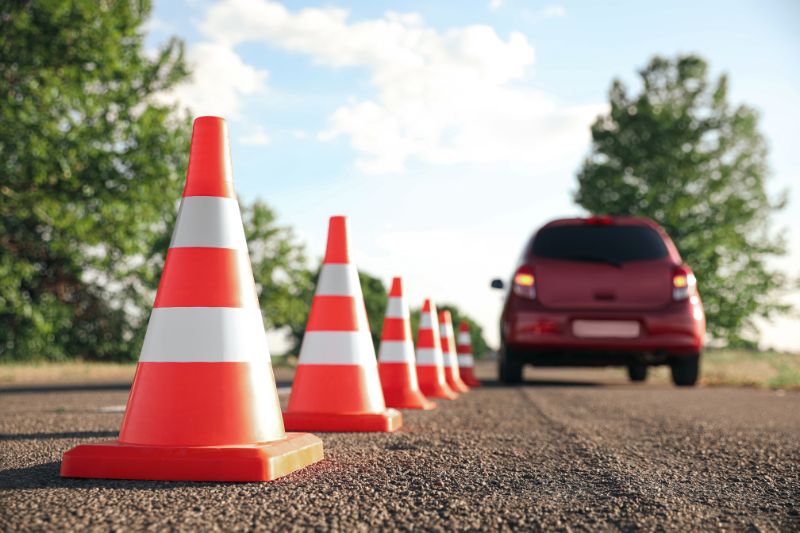
If you come from a country no swap agreement (such as the United States or Canada), or if you miss the 6-month deadline, you will not be able to exchange your permit.
In that case, you will have to obtain the Spanish permit like any other resident:
- Enrolling in a driving school (optional but recommended).
- Approve the theoretical examination (30 multiple-choice questions, maximum 3 failures).
- Making the medical examination (psycho-technical test).
- Overcoming the practical test (about 25 minutes in actual traffic).
- Receive the provisional permit while the final one arrives.
The total cost is usually around 1.000 y 1.200 € depending on the driving school and the city. Although it may seem like a long process, it is the only way to driving legally if you are unable to exchange your card.
A new road on wheels
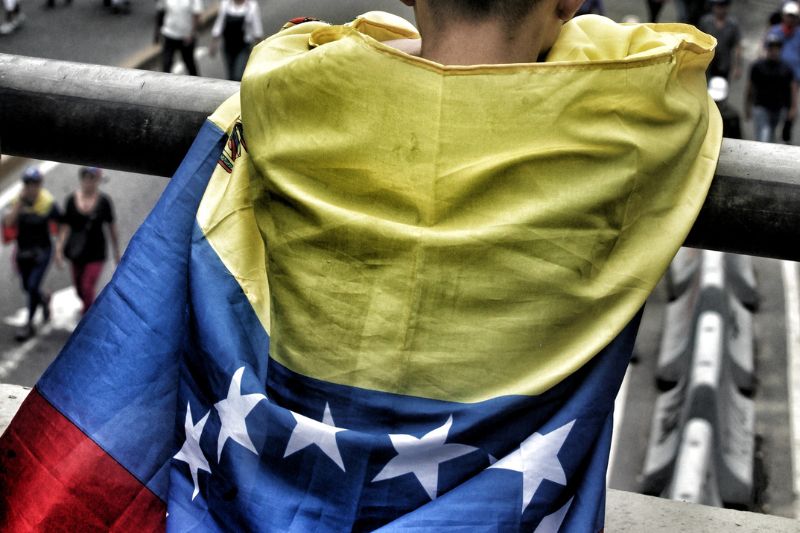
From the very first moment we decided to leave our home, we decided to countryWe know that nothing will ever be the same again. Those meals that are so much our own, the mutt pieWe understand the fear, nostalgia and hope that fit in a single suitcase.
Learning to move in a new place is not only a matter of streets and directions, it is also an important step towards freedom, independence and rootedness.
Obtain the driving licence in Spain is much more than a red tape. It is the chance to take your children to school, to go to work with confidence, to get to know every corner of your new land and, above all, to regain control of your life after a journey that was not always easy.
At CuriaraWe hope that all this information about the types of driving licences in Spain has been useful to you and has helped you to take firm steps towards your integration in this country that welcomes you today.
Lots of encouragement in this new stage! May every kilometre you walk be a testimony of your courage, your desire to grow and your love for your loved ones.
Curiara, uniting families.
